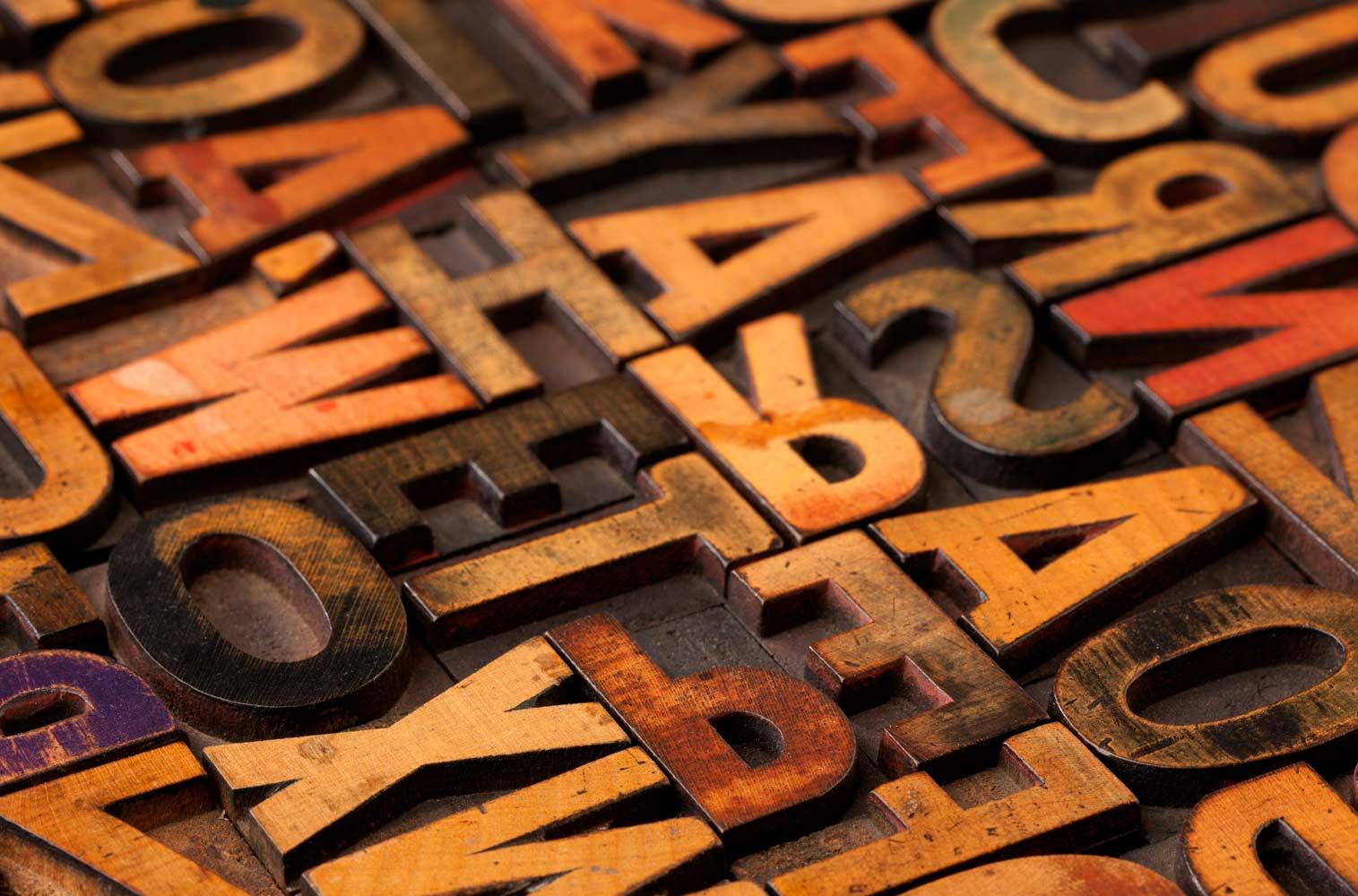
How Your Brain Learns!
Mrs. Amy McLaughlin - Bowman
Welcome to one of the Most Complex Structures in the Universe
Tall Tales and Brain Cells
Brain Embeds Information not Store Files
This year, we will work on embedding content from the lesson by using various formats of learning like accessing previous background knowledge, building background through in-class experiences, demonstrations, projects and videos.
The Power of Forgetting
Forgetting is an essential part of the learning process.
- Forgetting can work as a filter to weed out spam (Carey, p.22)
- It can help us stay focused on new material (p.23)
- It can block background noise (p.24)
- It can breakdown memory to be rebuilt later-on (p.24)
This year, we will use this "Power of Forgetting" to deepen learning by setting moods when we learn and learning to study purposefully. We will also learn effective study habits that will allow for optimal long-term memory and higher ordered thinking.
Storage and Retrieval
How People Learn
Memory Storage Strength
Memory Retrieval Strength
The Power of Adolescence!
Thank You
See you soon,
Amy McLaughlin - Bowman
Together, we can do anything. ~ Dora
Email: amy.bowman@bryanisd.org
Location: Sam Rayburn Middle School, North Earl Rudder Freeway, Bryan, TX, United States
Phone: 979 209-6600
Twitter: @imcteach
References
Carey, B. (2014). How We Learn: The Surprising Truth About When, Where, and Why It
Happens. New York, NY: Random House.
Gots, J. (2012) Your Storytelling Brain. Retrieved from
http://bigthink.com/overthinking-everything-with-jason-gots/your-storytelling-brain
McCrone, J. (2000). 'Right Brain' or 'Left Brain' - Myth Or Reality?. Retrieved from
http://blog.culturaldetective.com/2015/03/03/how-storytelling-affects-the-brain/












